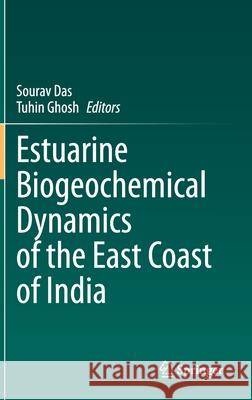Estuarine Biogeochemical Dynamics of the East Coast of India » książka
topmenu
Estuarine Biogeochemical Dynamics of the East Coast of India
ISBN-13: 9783030689797 / Angielski / Twarda / 2021 / 268 str.
Estuarine Biogeochemical Dynamics of the East Coast of India
ISBN-13: 9783030689797 / Angielski / Twarda / 2021 / 268 str.
cena 564,88
(netto: 537,98 VAT: 5%)
Najniższa cena z 30 dni: 539,74
(netto: 537,98 VAT: 5%)
Najniższa cena z 30 dni: 539,74
Termin realizacji zamówienia:
ok. 22 dni roboczych.
ok. 22 dni roboczych.
Darmowa dostawa!
Kategorie:
Kategorie BISAC:
Wydawca:
Springer
Język:
Angielski
ISBN-13:
9783030689797
Rok wydania:
2021
Wydanie:
2021
Ilość stron:
268
Waga:
0.58 kg
Wymiary:
23.39 x 15.6 x 1.75
Oprawa:
Twarda
Wolumenów:
01
Dodatkowe informacje:
Wydanie ilustrowane











